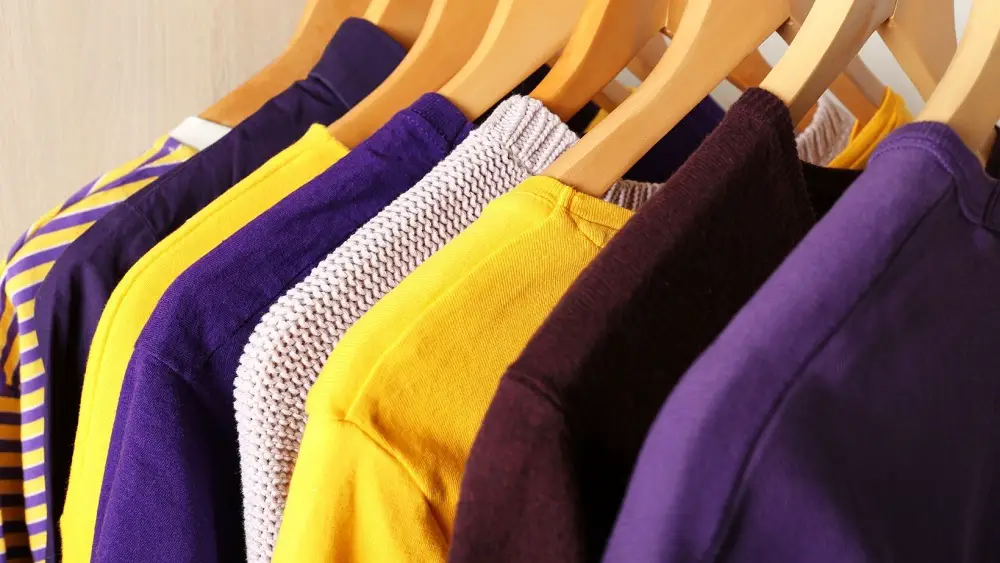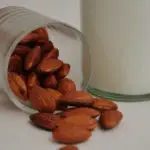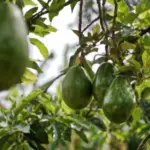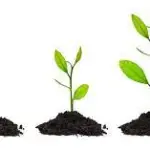Are Christmas trees bad for the environment? Christmas is a holiday celebrated by Christians worldwide who just love to have a beautiful, decorated Christmas Tree adoring their lounge every December.
It’s a tradition for almost every home in the US and other parts of the world, and it seems harmless enough - but is it?

However, if you get your tree at a lot or cut it from public land, there may be environmental concerns.
The most common of these issues comes from transporting the evergreen to your home, garage, or other location in which you will decorate it - but this largely depends on how far away the farm where the tree was grown happens to be located.
In most cases, proper disposal of a live Christmas tree is as easy as mulching it and putting the mulch back in your garden. Many cities have public composting programs that will gladly accept your tree if you don’t have a garden.

If all of this fails, you can always contact your local municipality to find out where to take your tree for recycling.
The benefits of having a live Christmas tree far outweigh any environmental concerns. A real tree is biodegradable and recyclable, whereas an artificial tree is not.
Additionally, a real tree can be used as animal fodder or mulch after the holidays, while an artificial one often ends up in a landfill.

So before you write off the live Christmas tree, consider these benefits and make an informed decision about your holiday décor this year.
There’s no reason you can’t enjoy the tradition of a live tree and be kind to your environment.
Types of Christmas Trees and their benefits
When it comes to Christmas trees, there are numerous options to choose from. The types of Christmas trees can be live or artificial.
The two types have different benefits, so it is important to know what each one offers before purchasing.
Live Christmas Trees

The live tree option is a classic choice for many homes during the holiday season.
These trees provide the fresh pine smell that is often associated with Christmas. They can also be recycled and used as mulch after the holidays are over.
However, some setup is required with live trees, including watering and ensuring the tree does not dry out. They are grown by tree growers and can be found at local nurseries, hardware stores, and garden centers.
And you know what, real or live trees can help fight climate change by absorbing carbon dioxide and producing oxygen. They also provide shade, reduce soil erosion, and decrease noise pollution.
Examples of real or live Christmas trees include; balsam fir, Fraser fir, Canaan fir,
douglas fir, noble fir, and white pine.
Artificial Christmas Trees

The artificial tree has become increasingly popular in recent years, as it does not require any setup or maintenance.
It can be stored away easily after the holidays are over and do not pose any fire hazard. On the other hand, artificial trees do not provide the fresh pine smell associated with live trees.
These trees do not require watering or pruning and will last for many seasons if properly managed. They come in various styles and colors, so it is easy to find the perfect one for each home.
Examples of artificial Christmas trees include; pre-lit trees, unlit trees, fiber optic trees, tinsel trees, and LED trees.
So which type of Christmas tree is right for you? That all depends on your preferences. If you want a real tree that smells like pine, then a fir or spruce tree is the perfect option.
However, if you want an artificial tree that doesn’t require any maintenance, then an artificial Christmas tree is the best choice. No matter which type of Christmas tree you choose, make sure to enjoy this special time of year!
Real or Fake Christmas Tree: Which one is the best for the environment?

The debate of whether to have a real or fake Christmas tree has been going on for years. Both sides have their pros and cons, but which one is better for the environment?
Real Trees:
Real trees are biodegradable and recyclable, whereas artificial trees are not. However, real trees require water and some environmentalists argue that you could better use this wasted water elsewhere.
Additionally, if you live in a cold climate, you will need to buy a real tree every year and dispose of it correctly when the holidays are over, which can be costly and time-consuming.
Artificial Trees:
Artificial trees are made from non-biodegradable materials, such as PVC plastic, so they will not decompose in a landfill. However, you can recycle them, and many cities have special programs to recycle artificial trees.
Additionally, you can use an artificial tree for many years, which reduces the number of trees that need to be harvested each year.
The bottom line is that both real and artificial Christmas trees have their pros and cons regarding the environment. Ultimately, choosing which one to choose comes down to personal preference and what is best for your specific situation.
Isn’t Cutting Down Real Trees for Christmas Bad for the Environment?

There are more than 25,000 Christmas tree growers in the United States. These growers fertilize and irrigate their crops regularly to ensure that they stay healthy.
This means the soil is full of nutrients like any other plant; trees need fertilizer to grow big and strong.
Some of these nutrients dissolve into runoff water, which helps prevent flooding downstream. Others help make groundwater cleaner by filtering it before it goes back underground.
And finally, some of the nutrients stay with the tree as it decomposes after you’ve had your fun on December 26th (or if you didn’t feel like re-potting it again).
And there’s another benefit that most people don’t think about: cutting down a Christmas tree stimulates the economy. When you buy a real Christmas tree, you are supporting local farmers and businesses. So if you’re looking for an excuse to buy a real tree this year, go ahead and add “stimulates the economy” to your list of reasons!
In the end, it’s up to each individual to decide whether or not they think cutting down a real Christmas tree is bad.
How Can Real Christmas Trees Help Fight Climate Change?

Most people know that buying a real Christmas tree is better for the environment than buying an artificial one. But many people don’t know why. Here are four ways that real trees help fight climate change:
1. Real trees sequester carbon dioxide.
- Every year, real Christmas trees sequester about 2 million tons of carbon dioxide. That’s the equivalent of taking 400,000 cars off the road.
- Commercial growers use sustainable forestry practices that help the trees sequester even more carbon dioxide.
2. Real trees emit oxygen.
Not only do real trees sequester carbon dioxide, but they also emit oxygen. Every acre of Christmas trees produces enough oxygen for 18 people!
3. Real trees absorb water vapor.
One of the main reasons artificial Christmas trees are so bad for the environment is that they contain harmful chemicals leaching into the soil and groundwater. Real Christmas trees don’t have this problem because they absorb water vapor, which helps to prevent flooding.
4. Real trees are biodegradable.
When it’s time for your real Christmas tree to go, you can compost it. This will return all of the carbon dioxides that the tree sequestered back into the atmosphere.
Contrast that with artificial trees, which take decades to decompose and release all of that carbon dioxide back into the environment.
So if you’re looking for a way to help fight climate change, buying a real Christmas tree is a great place to start.
Summary: Are Christmas trees bad for the environment?

No! But it will depend on the type of Christmas tree you’ll be using, a live/real tree or an artificial Christmas tree. Real Christmas trees reduce flooding, sequester carbon dioxide, emit oxygen, and are biodegradable.
In the end, it is up to you which Christmas tree you put up, but if you’re looking for a way to help fight climate change, real trees are a great place to start.
Artificial Christmas tree, however, is non-biodegradable and will take decades for them to decompose and release all of that carbon dioxide into the environment again.
What’s more, the harmful chemicals from artificial Christmas trees can leach into soil and groundwater. So if you’re looking for a way to help fight climate change, buying a live/real Christmas tree is a great place to start.
But hopefully, this post has shown that there is no real danger to maintaining your Christmas tradition with a real tree. Merry Christmas!






